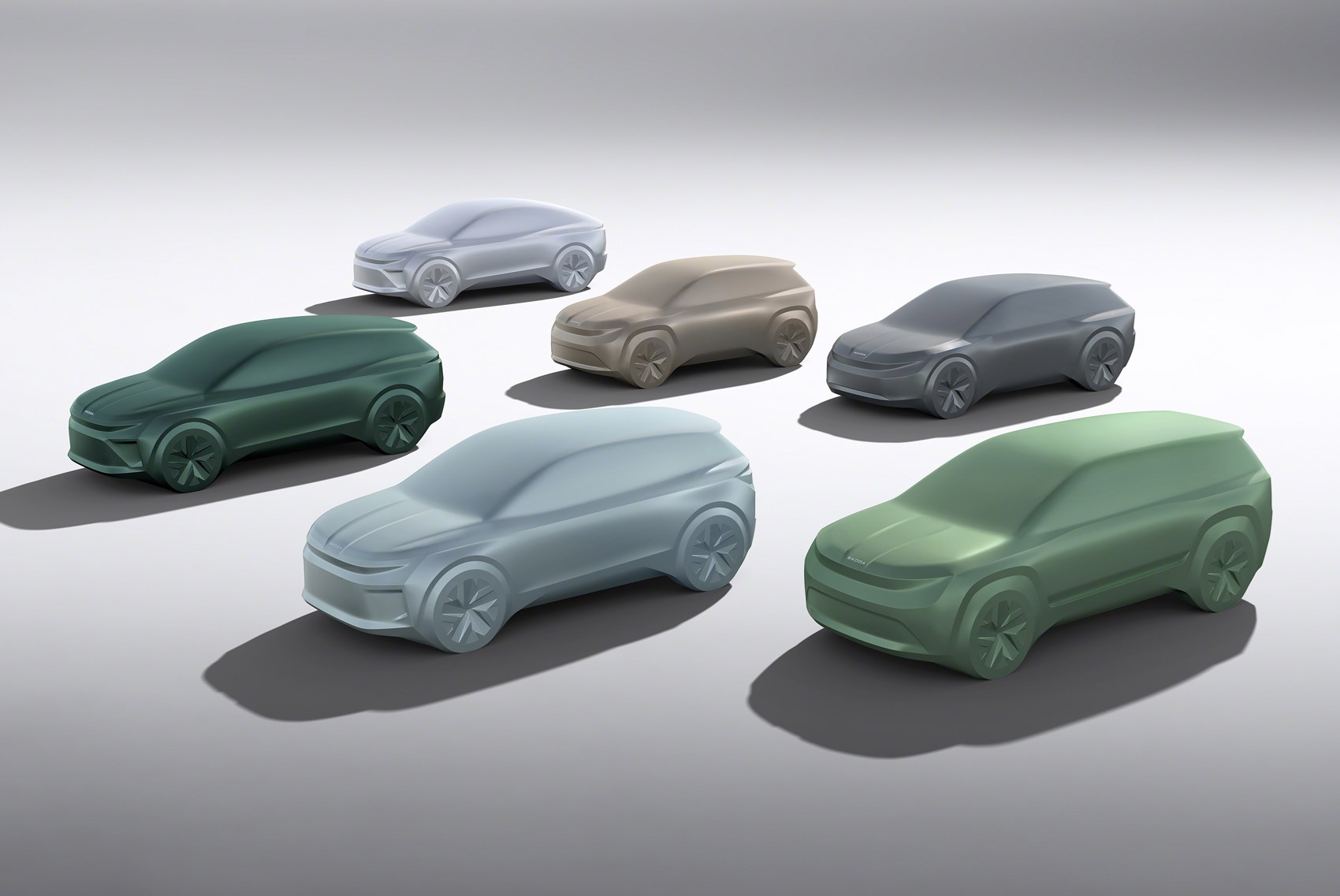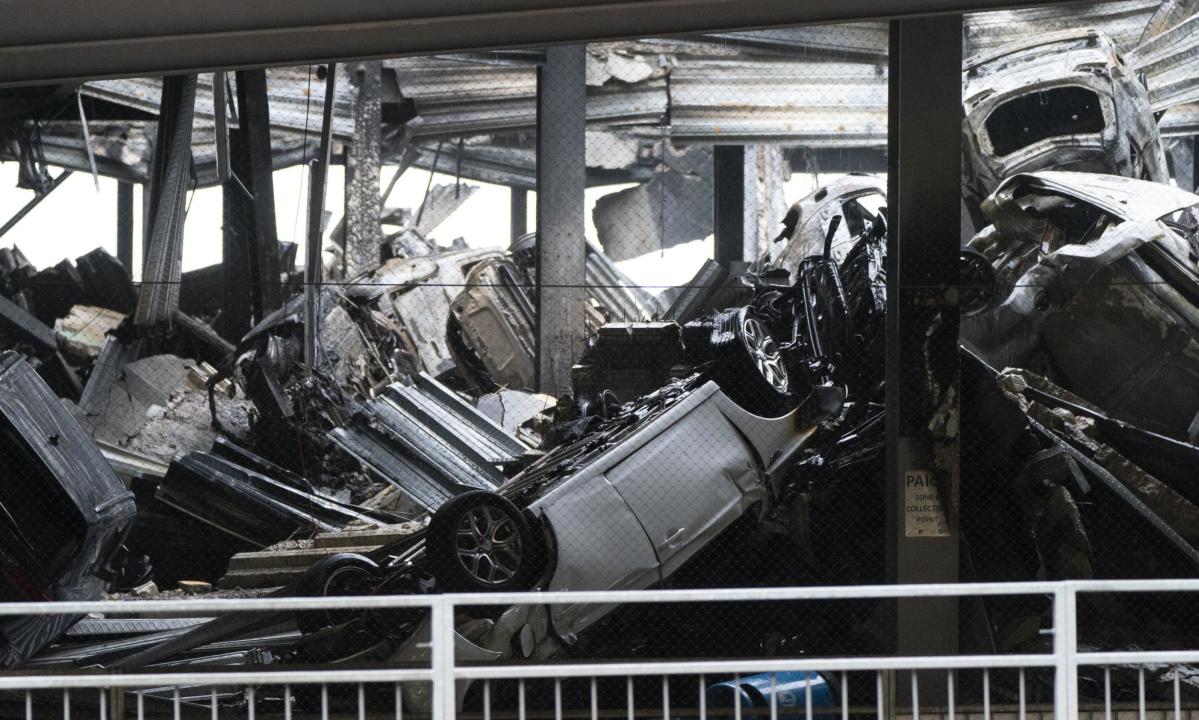“All the data shows that EVs are just much, much less likely to set on fire than their petrol equivalent,” said Colin Walker, the head of transport at the Energy and Climate Intelligence Unit thinktank. “The many, many fires that you have for petrol or diesel cars just aren’t reported.”
Fires can start in several ways. Car batteries store energy by moving lithium ions inside a battery cell but if cells are penetrated or if impurities from manufacturing errors cause short-circuits, then unwanted chemical reactions
can start “thermal runaway”, where cells heat up rapidly, releasing toxic and flammable gas. In petrol cars, fires can start via electrical faults causing sparks or if the engine overheats because of a fault in the cooling systems, potentially igniting flammable fuel.
In Norway, which has the world’s highest proportion of electric car sales, there are between four and five times more fires in petrol and diesel cars, according to the directorate for social security and emergency preparedness. The Swedish Civil Contingencies Agency this year
found that there were 3.8 fires per 100,000 electric or hybrid cars in 2022, compared with 68 fires per 100,000 cars when taking all fuel types into account. However, the latter figures include arson, making comparisons tricky.
Australia’s Department of Defence funded
EV FireSafe to look into the question. It found there was a 0.0012% chance of a passenger electric vehicle battery catching fire, compared with a 0.1% chance for internal combustion engine cars. (The Home Office said it was unable to provide data for the UK.)
The first in a series exploring the myths and realities surrounding EVs

www.theguardian.com





